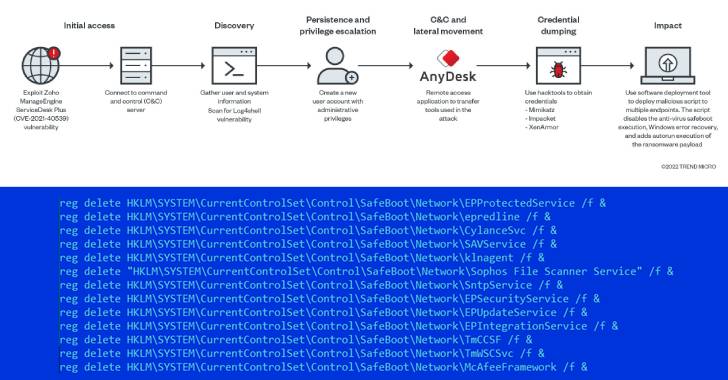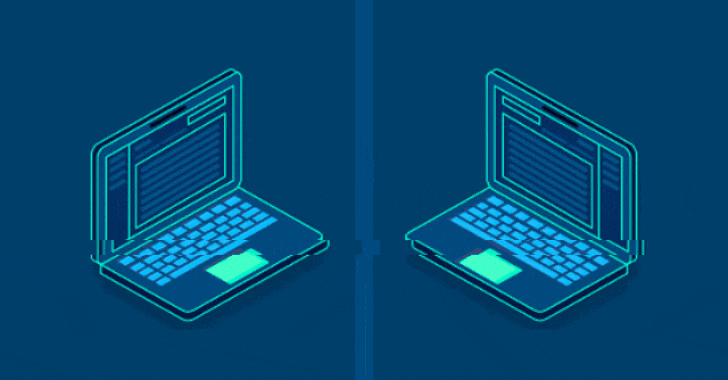Description

Cybersecurity in financial services is a complex picture. Not only has a range of new tech hit the industry in the last 5 years, but compliance requirements introduce another layer of difficulty to the lives of infosec teams in this sector. To add to this picture, the overall cybersecurity landscape has rapidly transformed, with ransomware attacks picking up speed and high-profile vulnerabilities hitting the headlines at an alarming pace.
VMware recently released the 5th annual installment of their Modern Bank Heists report, and the results show a changing landscape for cybersecurity in banking and finance. Here’s a closer look at what CISOs and security leaders in finance said about the security challenges they’re facing — and what they’re doing to solve them.
Destructive threats and ransomware attacks on banks are increasing
The stakes for cybersecurity are higher than ever at financial institutions, as threat actors are increasingly using more vicious tactics. Banks have seen an uptick in destructive cyberattacks — those that delete data, damage hard drives, disrupt network connections, or otherwise leave a trail of digital wreckage in their wake.
63% of financial institutions surveyed in the VMware report said they’ve seen an increase in these destructive attacks targeting their organization — that’s 17% more than said the same in last year’s version of the report.
At the same time, finance hasn’t been spared from the rise in ransomware attacks, which have also become increasingly disruptive. Nearly 3 out of 4 respondents to the survey said they’d been hit by at least one ransomware attack. What’s more, 63% of those ended up paying the ransom.
Supply chain security: No fun in the sun
Like ransomware, island hopping is also on the rise — and while that might sound like something to do on a beach vacation, that’s likely the last thing the phrase brings to mind for security pros at today’s financial institutions.
IT Pro describes island hopping attacks as “the process of undermining a company’s cyber defenses by going after its vulnerable partner network, rather than launching a direct attack.” The source points to the high-profile data breach that rocked big-box retailer Target in 2017. Hackers found an entry point to the company’s data not through its own servers, but those of Fazio Mechanical Services, a third-party vendor.
In the years since the Target breach, supply chain cybersecurity has become an even greater area of focus for security pros across industries, thanks to incidents like the SolarWinds breach and large-scale vulnerabilities like Log4Shell that reveal just how many interdependencies are out there. Now, threats in the software supply chain are becoming more apparent by the day.
VMware’s study found that 60% of security leaders in finance have seen an increase in island hopping attacks — 58% more than said the same last year. The uptick in threats originating from partners’ systems is clearly keeping security officers up at night: 87% said they’re concerned about the security posture of the service providers they rely on.
The proliferation of mobile and web applications associated with the rise of financial technology (fintech) may be exacerbating the problem. VMware notes API attacks are one of the primary methods of island hopping — and they found a whopping 94% of financial-industry security leaders have experienced an API attack through a fintech application, while 58% said they’ve seen an increase in application security incidents overall.
How financial institutions are improving cybersecurity
With attacks growing more dangerous and more frequent, security leaders in finance are doubling down on their efforts to protect their organizations. The majority of companies surveyed in VMware’s study said they planned a 20% to 30% boost to their cybersecurity budget in 2022. But what types of solutions are they investing in with that added cash?
The number 1 security investment for CISOs this year is extended detection and response (XDR), with 24% listing this as their top priority. Closely following were workload security at 22%, mobile security at 21%, threat intelligence at 15%, and managed detection and response (MDR) at 11%. In addition, 51% said they’re investing in threat hunting to help them stay ahead of the attackers.
Today’s threat landscape has grown difficult to navigate — especially when financial institutions are competing for candidates in a tight cybersecurity talent market. In the meantime, the financial industry has only grown more competitive, and the pace of innovation is at an all-time high. Having powerful, flexible tools that can streamline and automate security processes is essential to keep up with change. For banks and finance organizations to attain the level of visibility they need to innovate while keeping their systems protected, these tools are crucial.
Additional reading:
- Cloud Security and Compliance: The Ultimate Frenemies of Financial Services
- The Future of Finserv Security: Cloud Expert and Former CISO Anthony Johnson Weighs In
- An Inside Look at CISA’s Supply Chain Task Force
- Update to GLBA Security Requirements for Financial Institutions














